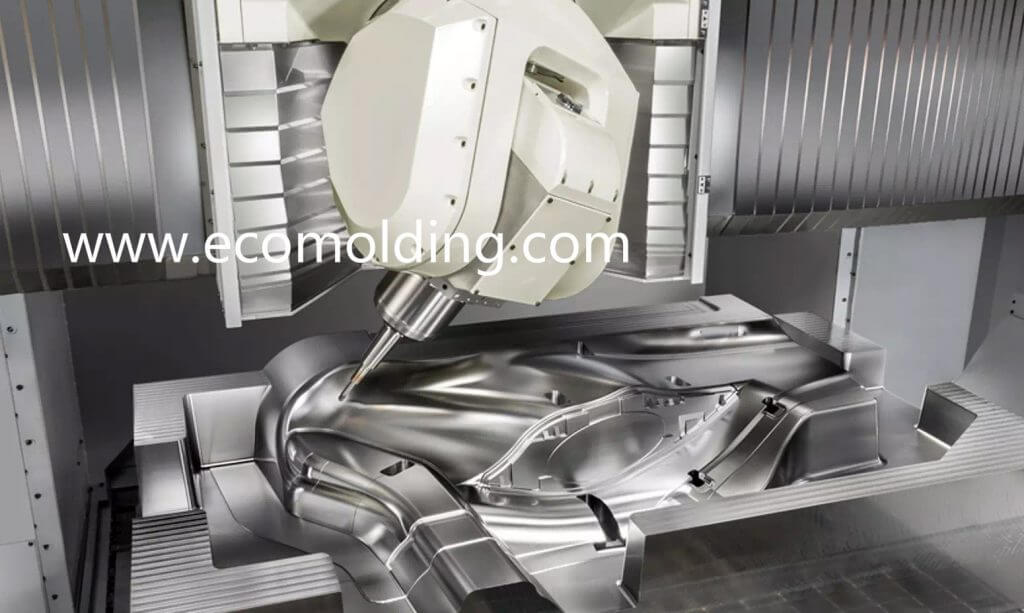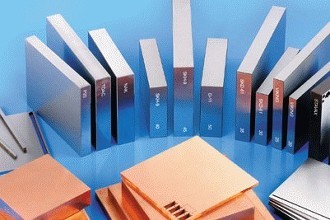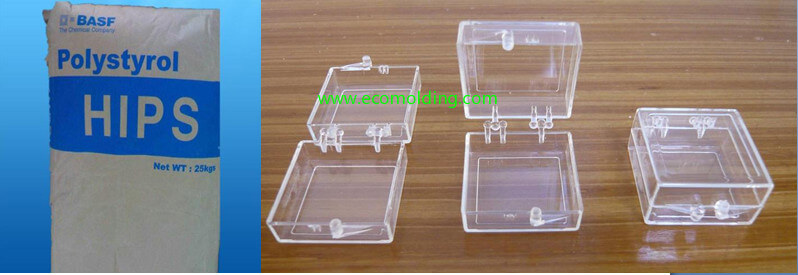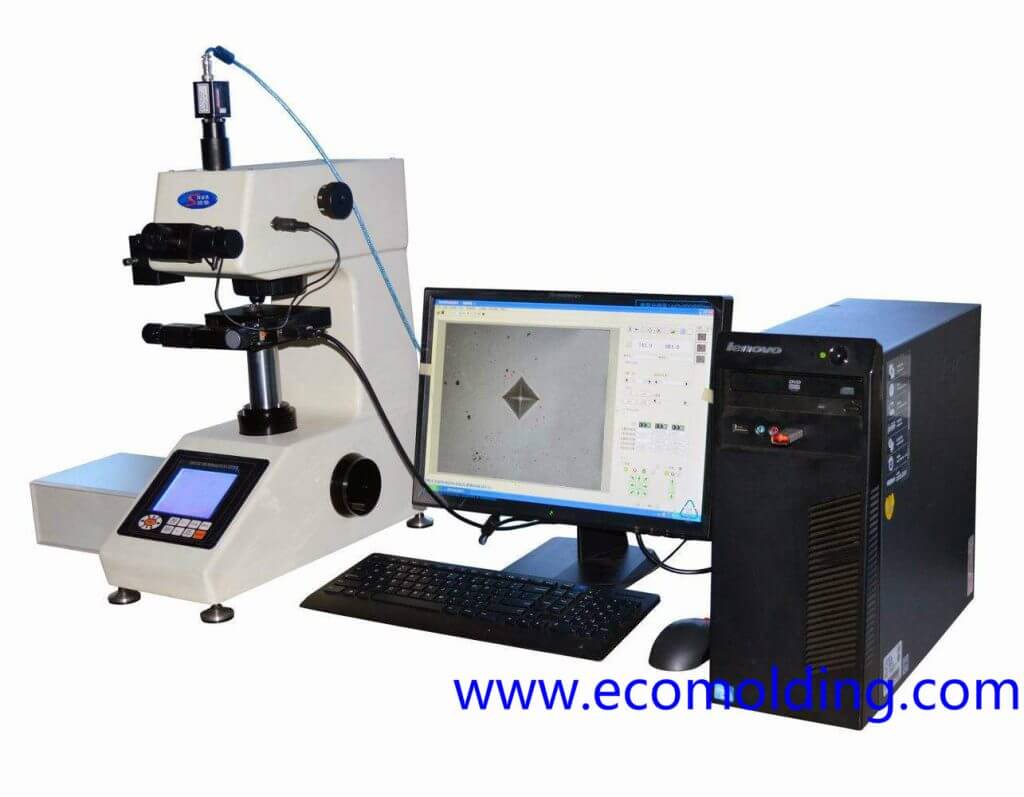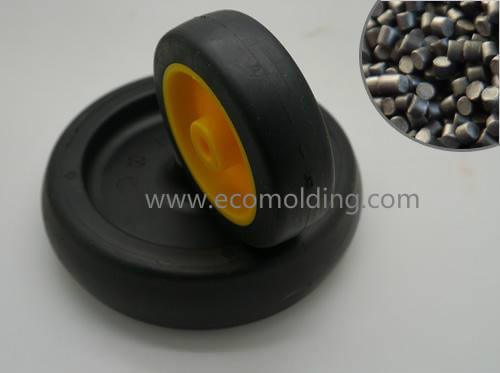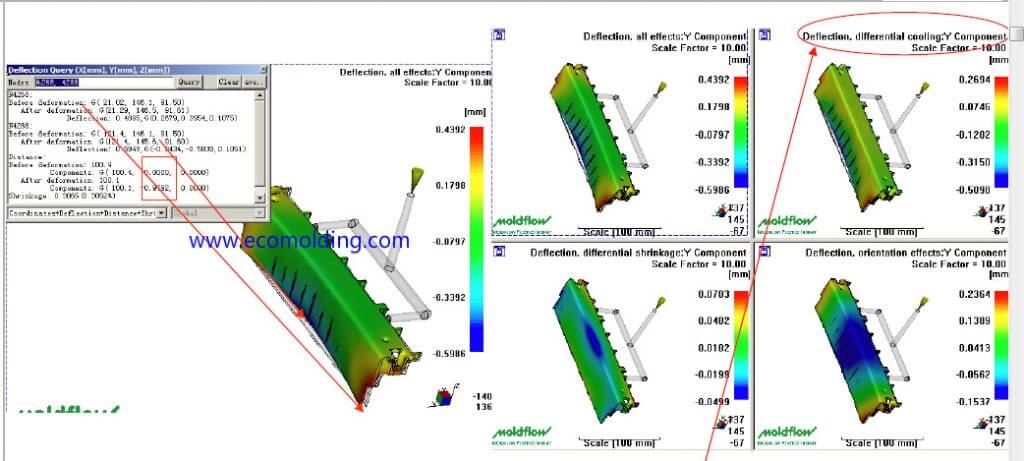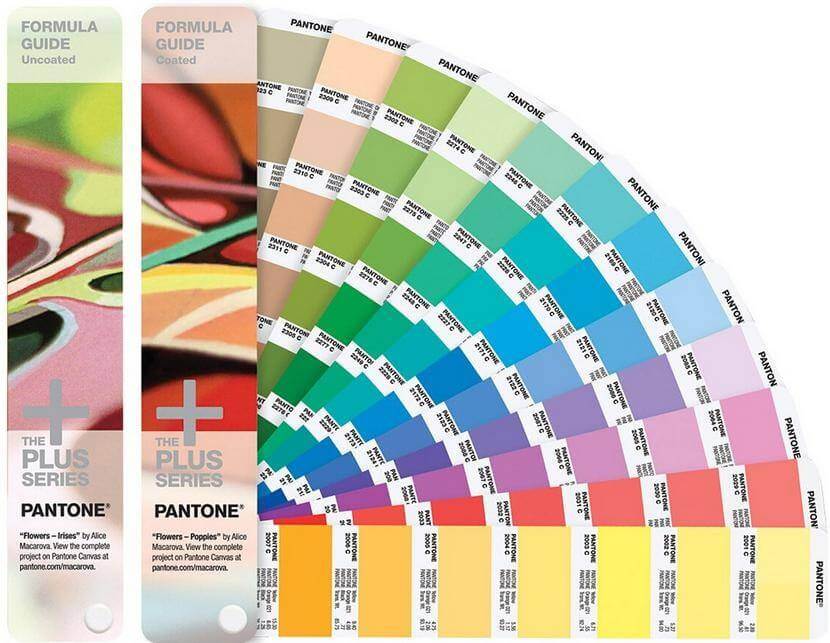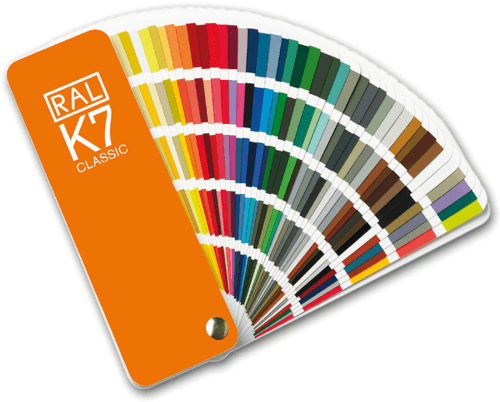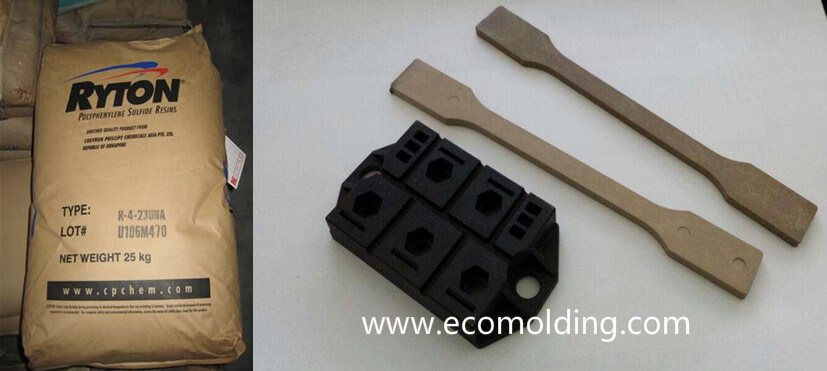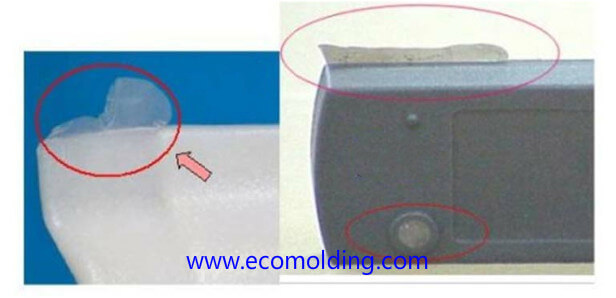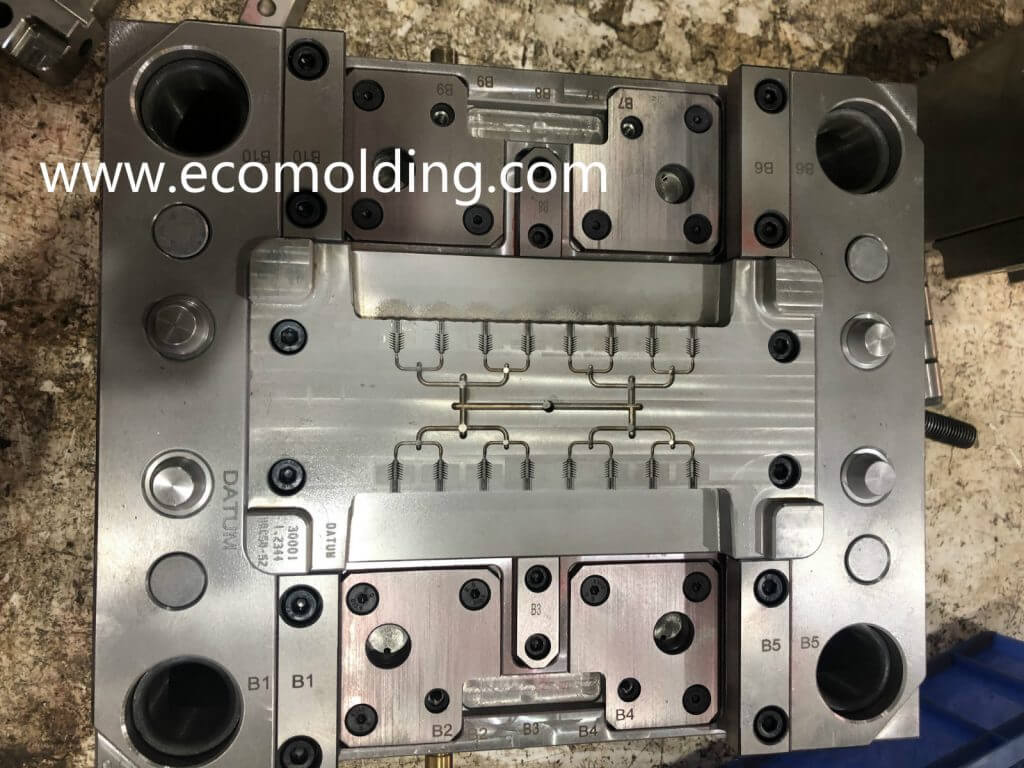PVC plastic is a heat-sensitive material that features a poor injection moldability, for which the reason is that an excessively high melt temperature or an excessively long heating time easily causes PVC decomposition. Therefore, the key to molding the PVC products lies in the control of the melting temperature.
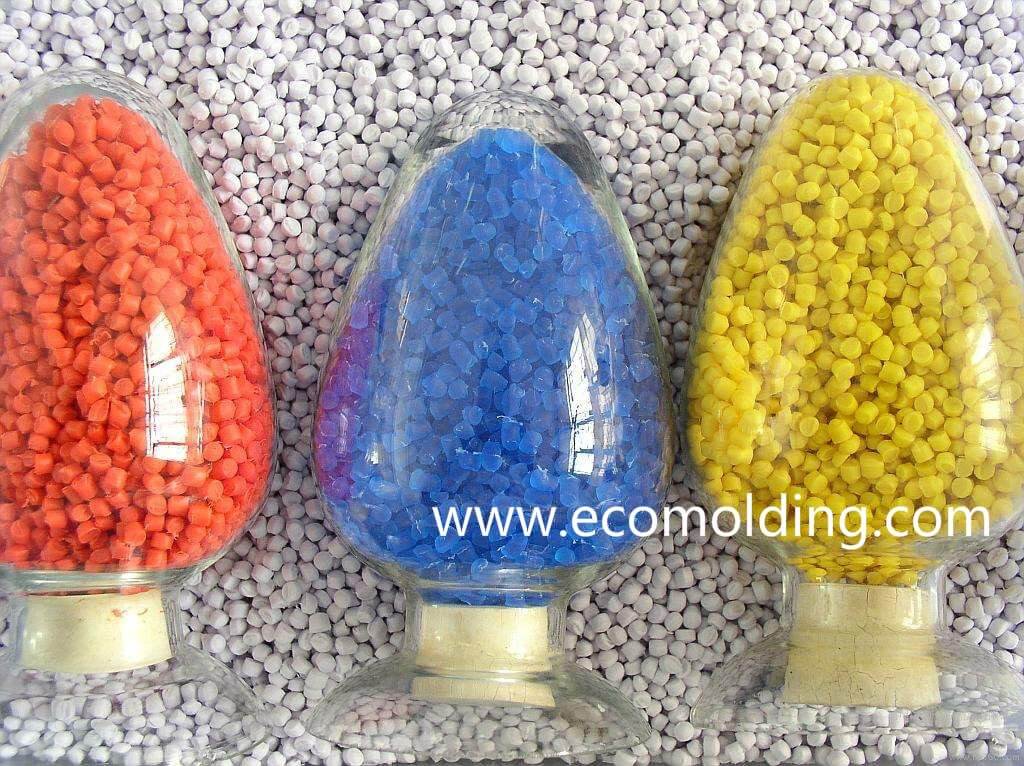
The heat sources for melting the raw PVC material are usually from two aspects, i.e., the shear heating generated by screw motion and the resistance wire heating provided by the outer wall of the barrel, among which, the former is the main source, while the latter is mostly provided during machine operation.
Due to the unsatisfactory heat transfer property of the PVC material, although the outer portion is heated, the inner portion of the material is still in a solid state, and even when the outer portion starts to decompose due to overheating, there may still be an unmolten portion inside. Various reasons must be fully considered during product design, mold design, and the plastic injection molding process, etc. In particular, the special PVC injection molding machine from outstanding manufacturers can be selected to create the ideal product.
The following are the considerations that should be attached great importance to during the injection molding process of PVC, in the hope of helping the readers.
1.Pay attention to the following points during product design and mold design:
Try to avoid sharp corners or abrupt changes in the product, and the thickness should not change too much, so as to prevent the PVC from degrading.
2.The mold should be designed with a draft angle of more than 10°, allowing for a shrinkage rate of about 0.5%.
3.During mold runner design, pay attention to the following points
a). The mold injection gate should be slightly larger than the nozzle, and larger than the diameter of the conjunctions in the sprue, so that the PVC material is able to flow into the cavity without being blocked, while the pressure is also balanced.
b). Try to adopt the intercepting gate, so that the slag will not flow into the product and cause runner temperature reduction, thus making it easier to form.
c). The gate should be designed at the thickest part of the product, with a sufficient width guaranteed, while the length is preferably between 6-8mm, so that the PVC material is able to flow in smoothly.
d). To reduce pressure and facilitate ejection, a circular runner is preferred, with the diameter ranging from 6 to 10mm, depending on the size and weight of the product.
4. The mold temperature should be controlled by a cooling device, to keep the temperature controllable between 30°C and 60°C.
5.The mold surface should be smooth and chrome-plated to prevent corrosion.
PVC injection molding process
With regard to the injection molding process, pay attention to the following:
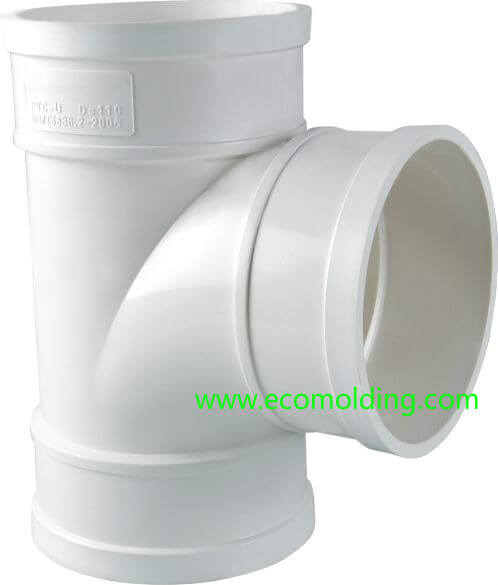
- The backpressure should be kept at about 1Mpa, because excessively high backpressure will produce excessive shear force, which will cause the PVC to decompose. At the same time, the multi-stage backpressure control should be adopted in the melting process. In the beginning when the effective length of the screw is long, the backpressure should be kept low. As the effective length of the screw decreases, the backpressure should be appropriately increased to compensate for the heat loss. Shortly before material recycling ends, the backpressure should be lowered to prevent leakage.
- The screw speed should vary according to the diameter. Usually, when the diameter is < 60mm, the speed is 50-70rpm; when the diameter is > 70mm, the speed is 20-50rpm, so as to prevent excessive shearing and PVC degradation.
- Usually, to inject the plastic into the cavity with a uniform speed throughout the process, the multi-stage injection speed control is adopted, of which the principle is to start with a low speed, and as the molding area increases, the injection speed must be increased to avoid cracks and shrinkage marks. The injection speed cannot be so fast, or the product surface will be denuded.
- During the plastic injection molding process, the barrel temperature should be kept between 170-190°C. To prevent the PVC from overheating and degrading, when the temperature of the barrel reaches the set temperature, the blower should be started to cool the temperature down. On the contrary, when the temperature needs to be raised, the air blower should be shut down.
Due to the special properties of the PVC material, special PVC injection molding machines should be selected for production. Please note the following points:
- The screw length to diameter ratio should be 20:1, and the compression ratio should be controlled between 1:1.6 and 1:1.2.
- The screw and nozzle should be specially made and chrome-plated for the PVC material.
- Injection pressure, speed, backpressure and temperature can be multi-stage and precision controlled. (The four-cylinder direct-lock two-plate PVC injection molding machine we produce possesses the above-mentioned performances, and we look forward to your inquiry)
Last but not the least, the following requirements should be noted in the preparation of raw materials:
- It is necessary to prevent the raw PVC material from being mixed with other plastics, or PVC degradation might be caused. Especially, when the machine has worked with other raw materials, it is necessary to clean the barrel and the screw before molding the PVC product. (Clean the screw and barrel with the PS plastic)
- Before shutdown, the PVC material must be completely cleaned. If it needs to be stopped for a long time, to prevent the PVC from corroding the machine, the screw and the barrel should be cleaned with PS.
- When the PVC injection molding material is put away for more than 6 months in a hot and humid environment, it should be dried for 1-2 hours under the 60-80°C temperature conditions before use.

